
Tamal Krishna Dey (born 1964) [1] is an Indian mathematician and computer scientist specializing in computational geometry and computational topology. He is a professor at Purdue University. [2]

Tamal Krishna Dey (born 1964) [1] is an Indian mathematician and computer scientist specializing in computational geometry and computational topology. He is a professor at Purdue University. [2]
Dey graduated from Jadavpur University in 1985, with a bachelor's degree in electronics. He earned a master's degree from the Indian Institute of Science Bangalore in 1987, and completed his Ph.D. at Purdue University in 1991. [3] His dissertation, Decompositions of Polyhedra in Three Dimensions, was supervised by Chandrajit Bajaj. [4]
After postdoctoral research with Herbert Edelsbrunner at the University of Illinois at Urbana–Champaign, Dey joined the Purdue faculty in 1992. He moved to the Indian Institute of Technology Kharagpur in 1994, and moved to the computer science and engineering department at Ohio State University in 1999. At Ohio State, he obtained a courtesy appointment in the department of mathematics in 2015. [3] He became the interim chair of the computer science department at Ohio State in 2019, before moving to Purdue in 2020. [3] [2]
Dey is known for proving the tightest-known upper bounds on the k-set problem [5] and for his work on 3D reconstruction and computational topology.[ citation needed ]
He is the author of the book Curve and Surface Reconstruction: Algorithms with Mathematical Analysis (Cambridge University Press, 2006). [6] With Siu-Wing Cheng and Jonathan Shewchuk, he is the co-author of Delaunay Mesh Generation (CRC Press, 2012). [7]
Dey was elected as an ACM Fellow in 2018 for "contributions to computational geometry and computational topology". [8] He is also a fellow of the IEEE. [3]
Computational geometry is a branch of computer science devoted to the study of algorithms which can be stated in terms of geometry. Some purely geometrical problems arise out of the study of computational geometric algorithms, and such problems are also considered to be part of computational geometry. While modern computational geometry is a recent development, it is one of the oldest fields of computing with a history stretching back to antiquity.
In the field of 3D computer graphics, a subdivision surface is a curved surface represented by the specification of a coarser polygon mesh and produced by a recursive algorithmic method. The curved surface, the underlying inner mesh, can be calculated from the coarse mesh, known as the control cage or outer mesh, as the functional limit of an iterative process of subdividing each polygonal face into smaller faces that better approximate the final underlying curved surface. Less commonly, a simple algorithm is used to add geometry to a mesh by subdividing the faces into smaller ones without changing the overall shape or volume.
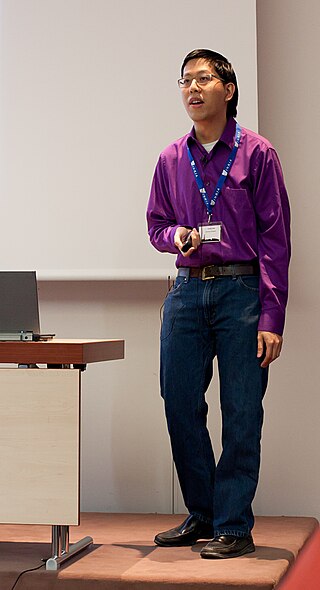
Timothy Moon-Yew Chan is a Founder Professor in the Department of Computer Science at the University of Illinois at Urbana–Champaign. He was formerly Professor and University Research Chair in the David R. Cheriton School of Computer Science, University of Waterloo, Canada.

Mesh generation is the practice of creating a mesh, a subdivision of a continuous geometric space into discrete geometric and topological cells. Often these cells form a simplicial complex. Usually the cells partition the geometric input domain. Mesh cells are used as discrete local approximations of the larger domain. Meshes are created by computer algorithms, often with human guidance through a GUI, depending on the complexity of the domain and the type of mesh desired. A typical goal is to create a mesh that accurately captures the input domain geometry, with high-quality (well-shaped) cells, and without so many cells as to make subsequent calculations intractable. The mesh should also be fine in areas that are important for the subsequent calculations.

David Arthur Eppstein is an American computer scientist and mathematician. He is a distinguished professor of computer science at the University of California, Irvine. He is known for his work in computational geometry, graph algorithms, and recreational mathematics. In 2011, he was named an ACM Fellow.
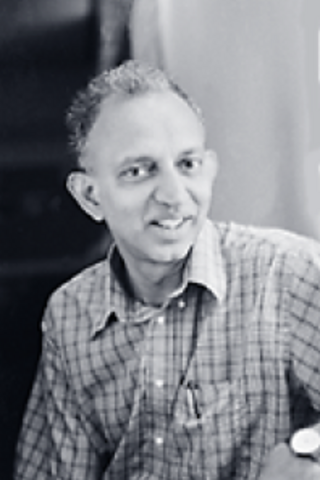
Ravindran Kannan is a Principal Researcher at Microsoft Research India, where he leads the algorithms research group. He is also the first adjunct faculty of Computer Science and Automation Department of Indian Institute of Science.
In mesh generation, Delaunay refinements are algorithms for mesh generation based on the principle of adding Steiner points to the geometry of an input to be meshed, in a way that causes the Delaunay triangulation or constrained Delaunay triangulation of the augmented input to meet the quality requirements of the meshing application. Delaunay refinement methods include methods by Chew and by Ruppert.

Leonidas John Guibas is the Paul Pigott Professor of Computer Science and Electrical Engineering at Stanford University. He heads the Geometric Computation group in the Computer Science Department.
Joseph O'Rourke is the Spencer T. and Ann W. Olin Professor of Computer Science at Smith College and the founding chair of the Smith computer science department. His main research interest is computational geometry.
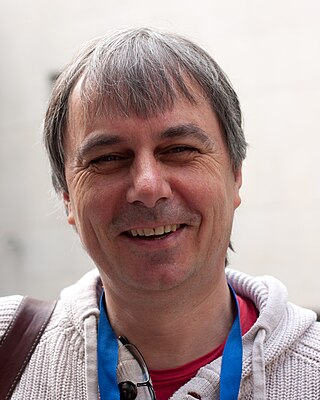
Herbert Edelsbrunner is a computer scientist working in the field of computational geometry, the Arts & Science Professor of Computer Science and Mathematics at Duke University, Professor at the Institute of Science and Technology Austria (ISTA), and the co-founder of Geomagic, Inc. He was the first of only three computer scientists to win the National Science Foundation's Alan T. Waterman Award.
Chandrajit Bajaj is an American computer scientist. He is a professor of computer science at the University of Texas at Austin holding the Computational Applied Mathematics Chair in Visualization and is the director of the Computational Visualization Center, in the Institute for Computational Engineering and Sciences (ICES).
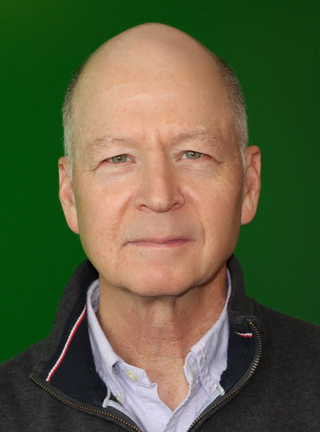
David Mount is a professor at the University of Maryland, College Park department of computer science whose research is in computational geometry.
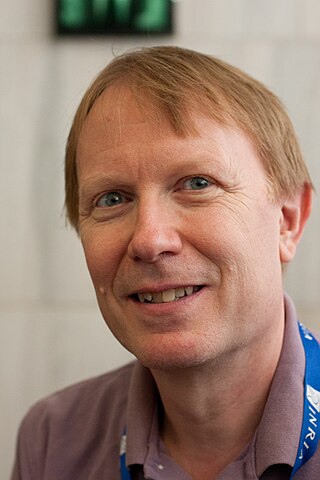
Joseph S. B. Mitchell is an American computer scientist and mathematician. He is Distinguished Professor and Department Chair of Applied Mathematics and Statistics and Research Professor of Computer Science at Stony Brook University.
Pankaj Kumar Agarwal is an Indian computer scientist and mathematician researching algorithms in computational geometry and related areas. He is the RJR Nabisco Professor of Computer Science and Mathematics at Duke University, where he has been chair of the computer science department since 2004. He obtained his Doctor of Philosophy (Ph.D.) in computer science in 1989 from the Courant Institute of Mathematical Sciences, New York University, under the supervision of Micha Sharir.
Mikhail Jibrayil (Mike) Atallah is a Lebanese American computer scientist, a distinguished professor of computer science at Purdue University.
Annamaria Beatrice "Nina" Amenta is an American computer scientist who works as the Tim Bucher Family Professor of Computer Science and the chair of the Computer Science Department at the University of California, Davis. She specializes in computational geometry and computer graphics, and is particularly known for her research in reconstructing surfaces from scattered data points.

Scott Alan Mitchell is a researcher of applied mathematics in the Center for Computing Research at Sandia National Laboratories.

Michel Bercovier is a French-Israeli Professor (Emeritus) of Scientific Computing and Computer Aided Design (CAD) in The Rachel and Selim Benin School of Computer Science and Engineering at the Hebrew University of Jerusalem. Bercovier is also the head of the School of Computer Science at the Hadassah Academic College, Jerusalem.
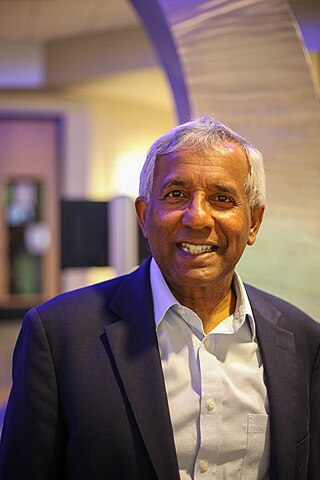
Alex Pothen is an Indian-born American computer scientist and applied mathematician who is a professor at Purdue University. His research primarily focuses on combinatorial scientific computing (CSC), graph algorithms, parallel computing, and bioinformatics algorithms.